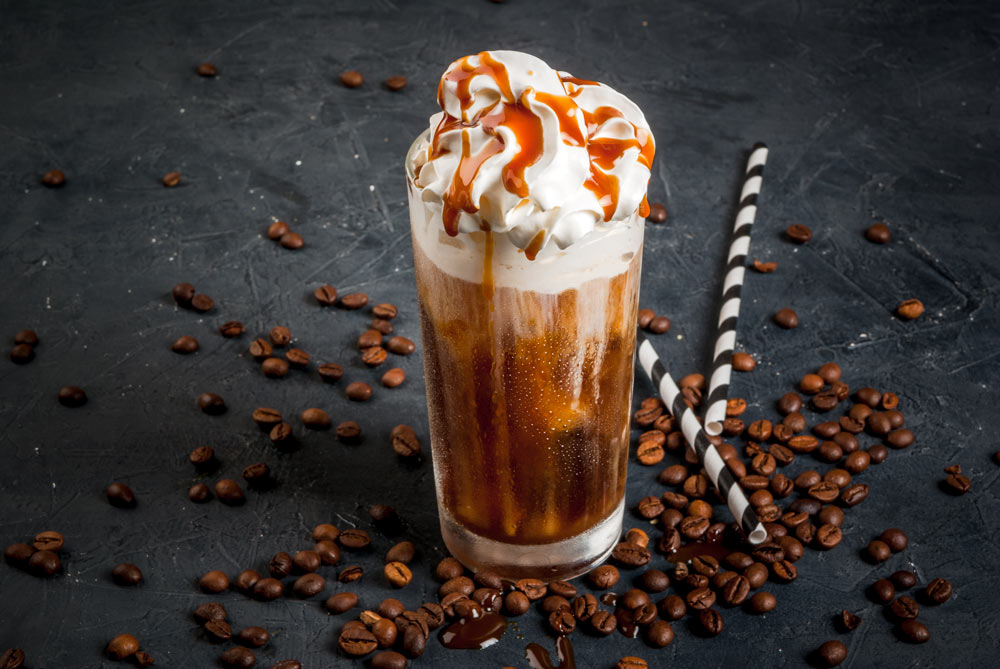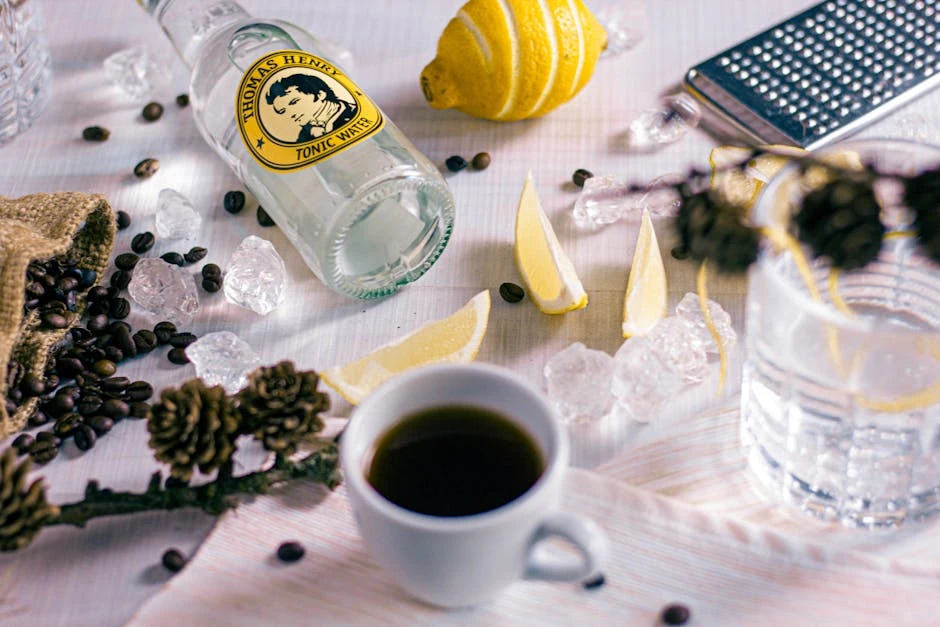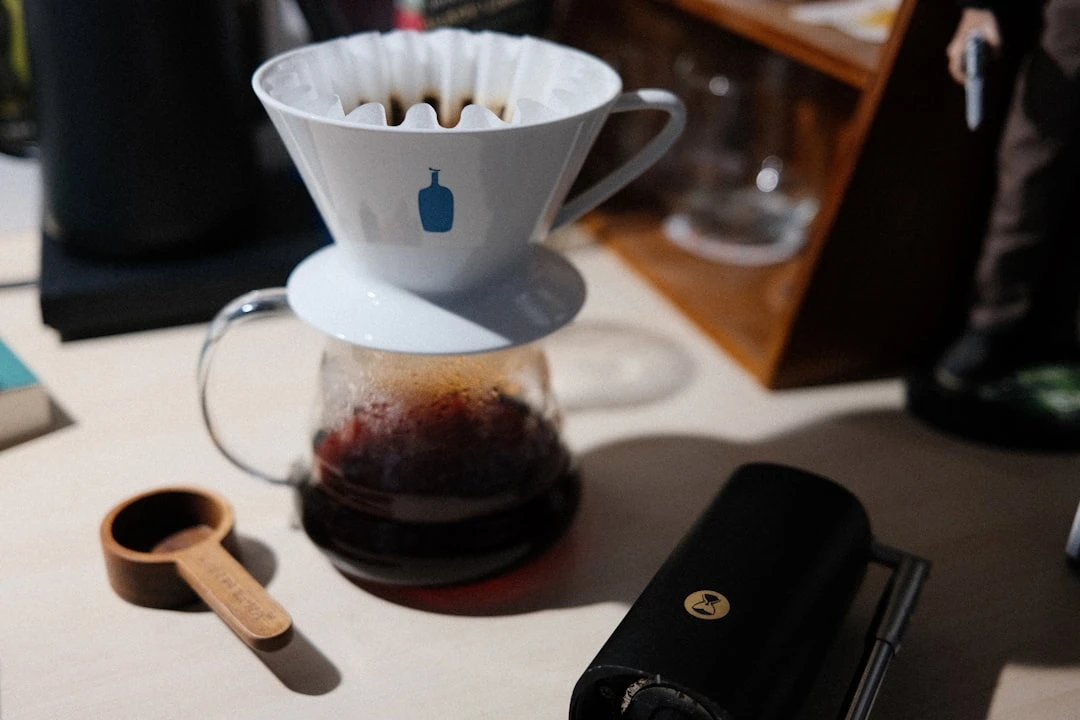Best Grind Size for French Press Coffee
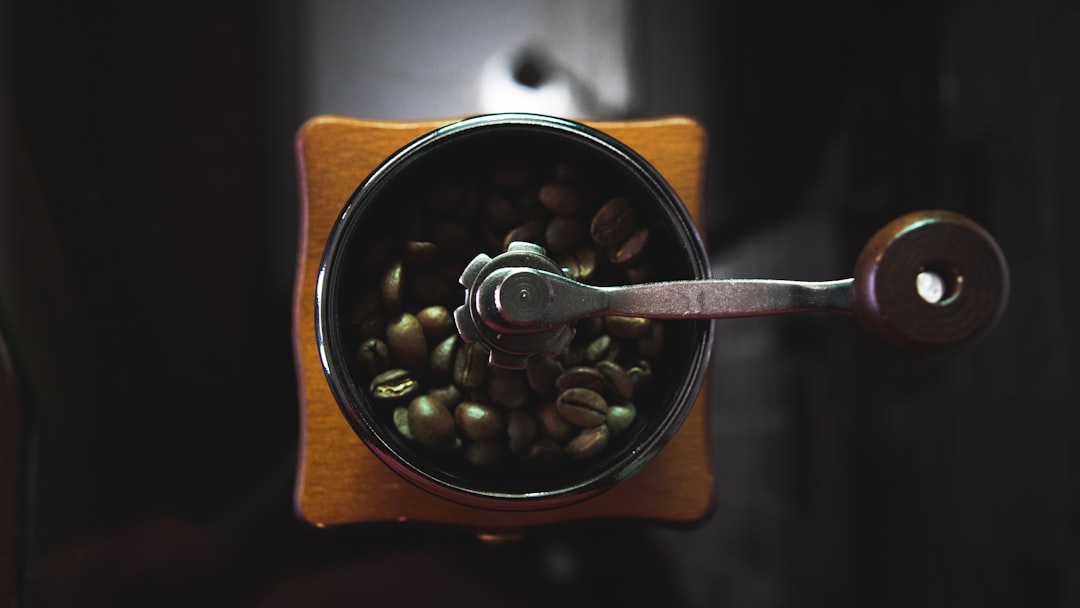
How to Brew the Perfect French Press Coffee
Ah, the French press—or as some folks call it, the press pot or plunger pot. It’s one of those beautifully simple ways to make coffee, yet somehow, it coaxes out flavors that just hit differently. Unlike a drip machine, this thing lets the coffee steep right in the water, soaking up all those rich oils and deep, earthy notes. The result? A cup that’s smooth, full-bodied, and honestly, kind of hard to mess up—if you know what you’re doing.
Here’s the secret—grind size makes or breaks it. Since the coffee sits in hot water for a good 4-5 minutes, too fine and it turns bitter, leaving you with sludge at the bottom. Too coarse? You’ll get something closer to sad, weak tea. You want something like coarse sea salt or maybe fresh breadcrumbs—just rough enough to keep things balanced without letting grit slip through. A decent burr grinder? Worth every penny here.
And don’t overlook the little things. Water temperature’s gotta be just right—somewhere between 195–205°F, so let it cool for a sec after boiling. Timing’s key, and that coffee-to-water ratio? Try 1:15 to start. Nail those, and each sip’s like a quiet little victory.
Once you get the grind right? Game over. Your French press will never let you down again.
Why Grind Size Matters for French Press
Get the grind right, and you'll unlock a cup that's rich, and balanced—just how it should be. But if you're off? Well, let's say the results won't be kind to your palate. Because the coffee sits in the water the whole time, the grind shapes everything—whether it's vibrant and smooth or dull and harsh.
You're aiming for coarse—think rough sea salt, not flour. Those chunky bits let the water draw out the flavors cleanly, without yanking in all the bitter, over-extracted notes. Too fine? You'll end up with sludge at the bottom of your cup (and a mouthful of grit). Too coarse, though, and it's like drinking coffee-flavored water—thin and forgettable.
Timing matters, too. Four to five minutes is that golden window, and a coarse grind keeps things even—no sudden bitterness crashing the party. But if your grind's inconsistent? Some bits overwork while others barely show up, leaving you with a cup that can't decide what it wants to be.
And the plunger? Coarse grounds make it sink smoothly, with no resistance. Too fine, and it's a battle—plus, goodbye clean sip, hello sediment.
So here's the truth: a steady, coarse grind is what brings that deep, velvety French press goodness. Nail it, and every sip feels like a small victory.
Mastering the French Press Grind: Keep It Chunky
Craving that rich, full-bodied French press coffee? It all comes down to the grind—coarse is key. Those fine, powdery grounds meant for espresso or drip? They’ll over-extract, leaving you with a sludgy, bitter mess at the bottom of your cup.
Aim for something closer to flaky sea salt or coarse breadcrumbs—bold, irregular particles that let water flow through without resistance. That’s the magic zone for a slow, 4-5 minute steep, coaxing out all those deep flavors without the harshness. Too fine, and those tiny grounds will sneak past the filter, turning your brew into a muddy, overpowering disaster.
If you can, skip the blade grinder. A burr grinder gives you control—no rogue dust or uneven chunks throwing off your perfect cup. Stuck with pre-ground? Make sure the bag says "French press" or "coarse," or that first sip might hit you with a bitter surprise.
Since the coffee steeps fully submerged, those chunky grounds keep extraction steady—no wild swings in flavor. Tasting weak or sour? Maybe you’ve gone too coarse. Harsh or gritty? Probably too fine.
Here’s the secret: start coarse. It’s your safety net for a balanced, smooth cup. Adjust from there, but nail the grind first—trust me, your taste buds will notice.
How to Achieve the Perfect Coarse Grind
There's a quiet magic in getting the coarse grind just right for a French press—the kind that turns your morning into something rich, smooth, and just a little bit luxurious. You want grounds that feel like rough sea salt between your fingers, or maybe like those uneven breadcrumbs at the bottom of the bag—not too fine, not too chunky. Here’s how to find that sweet spot:
1. Use a Burr Grinder (Seriously)
Skip the blade grinder—it’s all over the place, leaving you with dust one second and chunks the next. A burr grinder gives you control. Set it coarse, somewhere in that 700-1000 micron range, and let it work its steady, even magic.
2. Trust Your Hands
Run your fingers through the grounds. They should feel like coarse beach sand—gritty, but still loose. If it’s powdery, you’ll end up with sludge. Too chunky? Your coffee might taste like it’s holding back.
3. Taste, Adjust, Repeat
Brew for four minutes, then take a slow sip. Too bitter? Open the grind up a touch. Too thin or sour? Nudge it finer. Small tweaks make all the difference.
4. Grind It Fresh
Pre-ground coffee is like yesterday’s toast—it’ll do in a pinch, but it’s not the real deal. Grind right before you brew, and taste how much brighter, fuller, and alive your coffee feels.
Get the grind right, and every sip will be deep, smooth, and just how you like it—no fuss, no guesswork, just good coffee.
Common Grind Size Mistakes and How to Avoid Them
Getting the grind size wrong? It happens—especially with French press. Too fine, and you're left with bitter sludge; too coarse, and it's just... disappointing. These are the usual slip-ups, and how to set things right.
1. Your Grind's Way Too Fine
If your coffee resembles powdered sugar, brace yourself—it'll be harsh and overdone. Fix: Ease up. Think coarse sea salt, not flour. A little texture goes a long way.
2. Your Grind's Too Damn Coarse
Tastes like barely flavored water? Those chunky bits aren't pulling their weight. Fix: Nudge it a bit finer—just enough to coax out some depth without crossing into bitterness.
3. Your Grind's All Over the Place
A mix of dust and pebbles? Blame those shaky blade grinders. Fix: A burr grinder's worth the investment. Steady particles mean smoother sips.
4. You're Using Pre-Ground (Oops)
Most store-bought stuff's ground for drip machines, not French press. Fix: Grab fresh beans and a grinder. Night and day difference, really.
5. You're Forgetting About Time
Coarse grinds need a little patience—four to five minutes. Too fine, and they'll overbrew in a flash. Fix: Start at four minutes, then adjust from there.
Get these right, and your French press will finally deliver that deep, velvety cup you've been after.
The Perfect Grind for French Press Coffee
Ever had one of those mornings where your coffee just tastes… off? More often than not, it comes down to the grind. Too fine, and your French press turns bitter and murky. Too coarse, and the flavors fall flat. A burr grinder—whether flat or conical—gives you that sweet spot of chunky, even grounds, letting the coffee’s real character come through. Yeah, blade grinders are tempting with their lower price tags, but uneven bits? Not worth the trade-off.
What to Look For:
- Burr Type: Flat burrs handle coarse grinds like a champ, but conical’s no slouch either.
- Adjustability: Some days you want a little more control, right?
- Consistency: Fewer stray fines mean a cleaner cup. No one likes sludge.
Our Favorites:
- Baratza Encore – Steady, dependable, and just plain good at its job.
- OXO Brew Conical Burr Grinder – Straightforward, no-nonsense, and gets it done.
- 1Zpresso JX Manual Grinder – For when you want full control (and don’t mind the workout).
- Fellow Ode Gen 2 – Sleek, refined, and yes, it lives up to the hype.
On a budget? The Capresso Infinity Plus won’t let you down, though it might leave a few fines behind. Still, miles better than pre-ground.
Here’s the thing—once you nail the grind, your French press goes from decent to wow. Bright, smooth, no weird bitterness. And for the love of coffee, grind it fresh. Future you will sip in bliss.
Conclusion
It all comes down to the grind—coarse, like beach sand, not flour. Go too fine, and you'll get a bitter mess. Too rough, and it's just watered-down wishful thinking.
Here's how to make it sing:
- Fresh beans – Anything less is a waste of time.
- Water just off the boil (around 200°F) – Too hot, and it scalds; too cool, and it's lifeless.
- Give it 4 minutes to steep – Patience pays off. Rush it, and you'll regret it.
- Press slow and steady – No need to force it. Let gravity do the work.
Follow these steps, and the difference is night and day. If something tastes off, start with the grind—it's almost always the problem.
Once you've nailed the basics, play around. But don't skip steps at the beginning. Now go make something worth savoring.
Related Articles
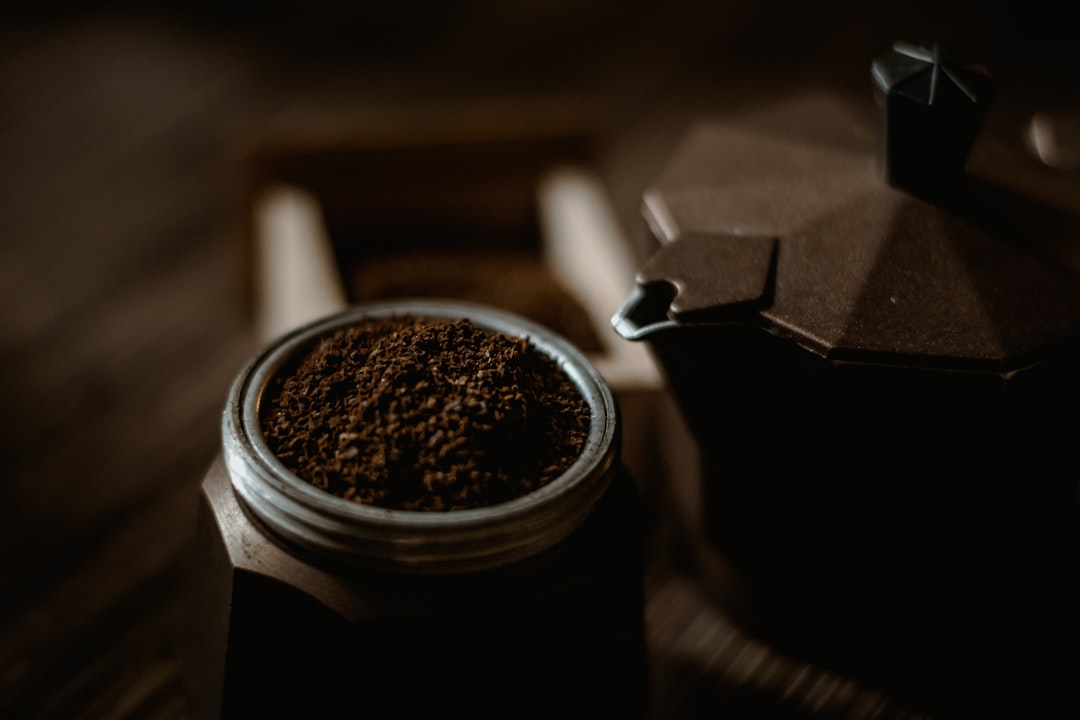
Perfect Moka Pot Grind Size: Coarse vs Fine Coffee Guide 2025
Read More →